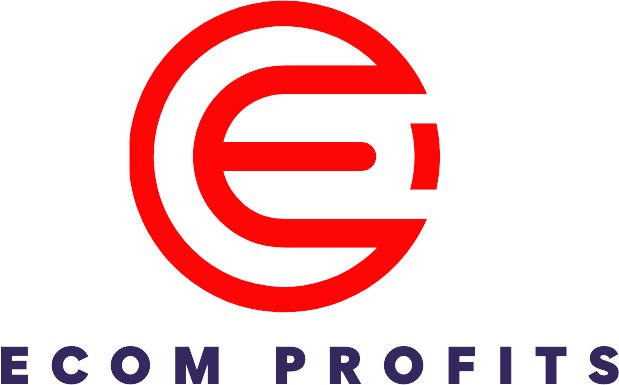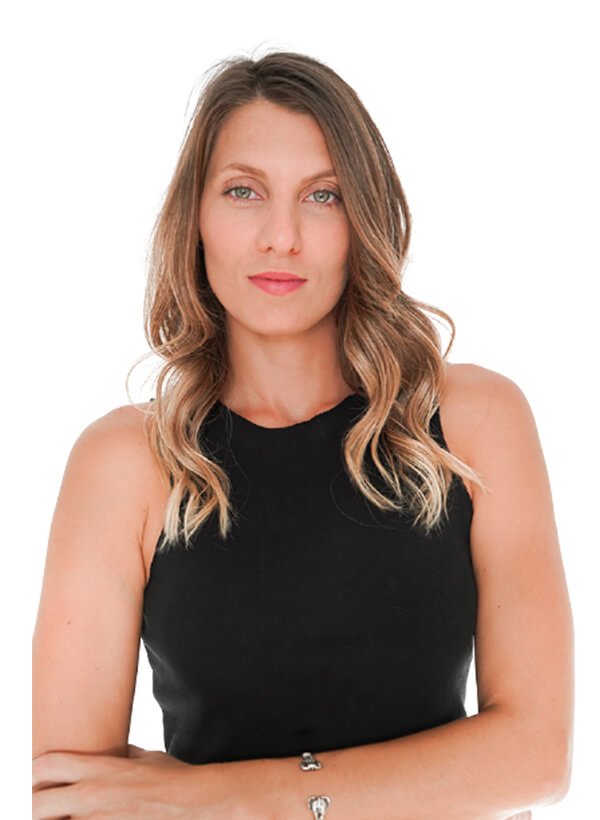Within the digital transformation era, it’s more important than ever for companies to be able to not only have proper data management systems in place but to also be able to properly display that data. Being able to see the comparison of facts to get real-time insights helps drive better business decisions. While some companies can turn to standard pie graphs or bar charts, certain scenarios call for a different chart type like the Marimekko chart.
1. Examining Sales Across Multiple Stores

Transforming a data set into a proper template for better visuals can be of great benefit to get the most out of the results at the disposal of a data management system. Marimekko charts are graphical representations that use stacked bar graphs of varying widths to visualize categorical data. Also known as a mosaic plot, a Marimekko chart takes a horizontal axis and divides it into two categories. These same categories are then split into two over the vertical axis. This Y-axis represents the percentage of deviation. In more complex Mekko charts, each axis might represent more than two categories.
A mosaic plot is an effective tool to help companies of all sizes visualize their sales data. If an organization has a large chain of retail stores across the United States, these stores sell items that belong to different categories. A Marimekko chart can represent the categorical data of stores and the items on sale. A chart can demonstrate sales data across a series of stores. The total sales are then divided among those different locations on the vertical axis. On the horizontal axis, there are different categories based on the products sold, helping for better data visualization across these proportions in sales.
2. Comparing Budget Breakdowns

A Marimekko chart can combine multiple categories across the vertical and horizontal axes. This is often created based on a contingency table. A contingency table displays a particular frequency in each cell. This is the intersection of two or more categories. For example, if you are trying to get an assessment of the sales on a particular product based on gender or age group, a contingency table would feature the number of products sold within the horizontal axis, while the vertical axis would be built from that single chart based on the differentials in sales within each age group.
This formatting is particularly helpful throughout an organizational structure when it comes to assigning budgets. Mekko charts are very useful in visualizing how different departments assign their funds for various activities. The vertical axis in a Marimekko chart can represent the different departments within that company, while the horizontal axis will represent how each department has divided up its budget across various activities such as equipment, travel, or marketing. With a Mekko chart, leadership will get to see the whole thing when it comes to annual spending, as opposed to getting individual assessments of departments.
3. Representing Market Share Across Categories

A Marimekko chart is a great way to represent categorical data with multiple subcategories. However, it’s important to make sure that the visuals are delivering the messages you want the mosaic to convey. Adjusting heights based on the width of the vertical axis is the best way to demonstrate the percentages that you are trying to display. A Marimekko chart can be used to represent the share of different companies in a market with multiple segments.
If you’re an auto manufacturer, you might use a mosaic plot to show off how customers are responding to your SUV model compared to your sedan and minivan. With each additional quantitative variable, you’ll be able to adjust your contingency table, converting that raw data into a viable piece of data visualization through a Mekko chart.

